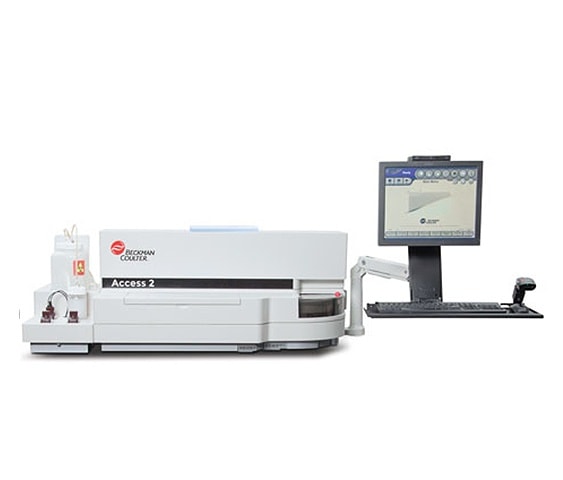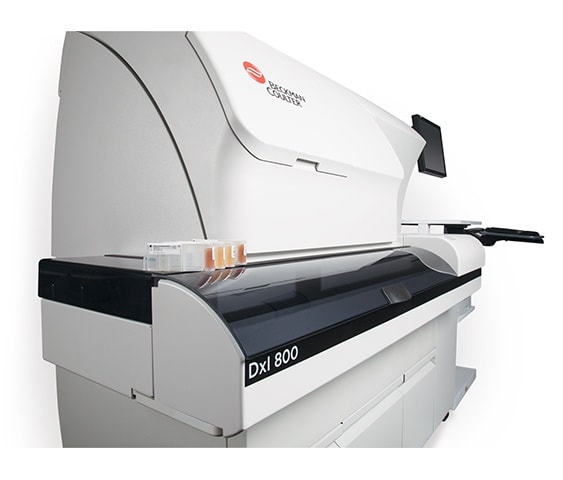High-quality
- Delivers quality results with a new robust design to minimize the effects of pre-analytical variability and known interferences
- Demonstrates optimal precision at concentrations ~10x lower than previous generations of assays
Accurate
- Accurately identifies ≥94% of true acute myocardial infarction (AMI) patients in as little as one hour after presentation
- Enables more accurate identification of women with AMI by providing separate sex-specific upper reference limits
- Provides >99% confidence in ruling out AMI when a patient’s troponin result is below the URL
Timely
- Enables easier interpretation of test results by using whole-number reporting
- Increases testing flexibility as the only high-sensitivity assay to use either plasma or serum samples
 English
English







